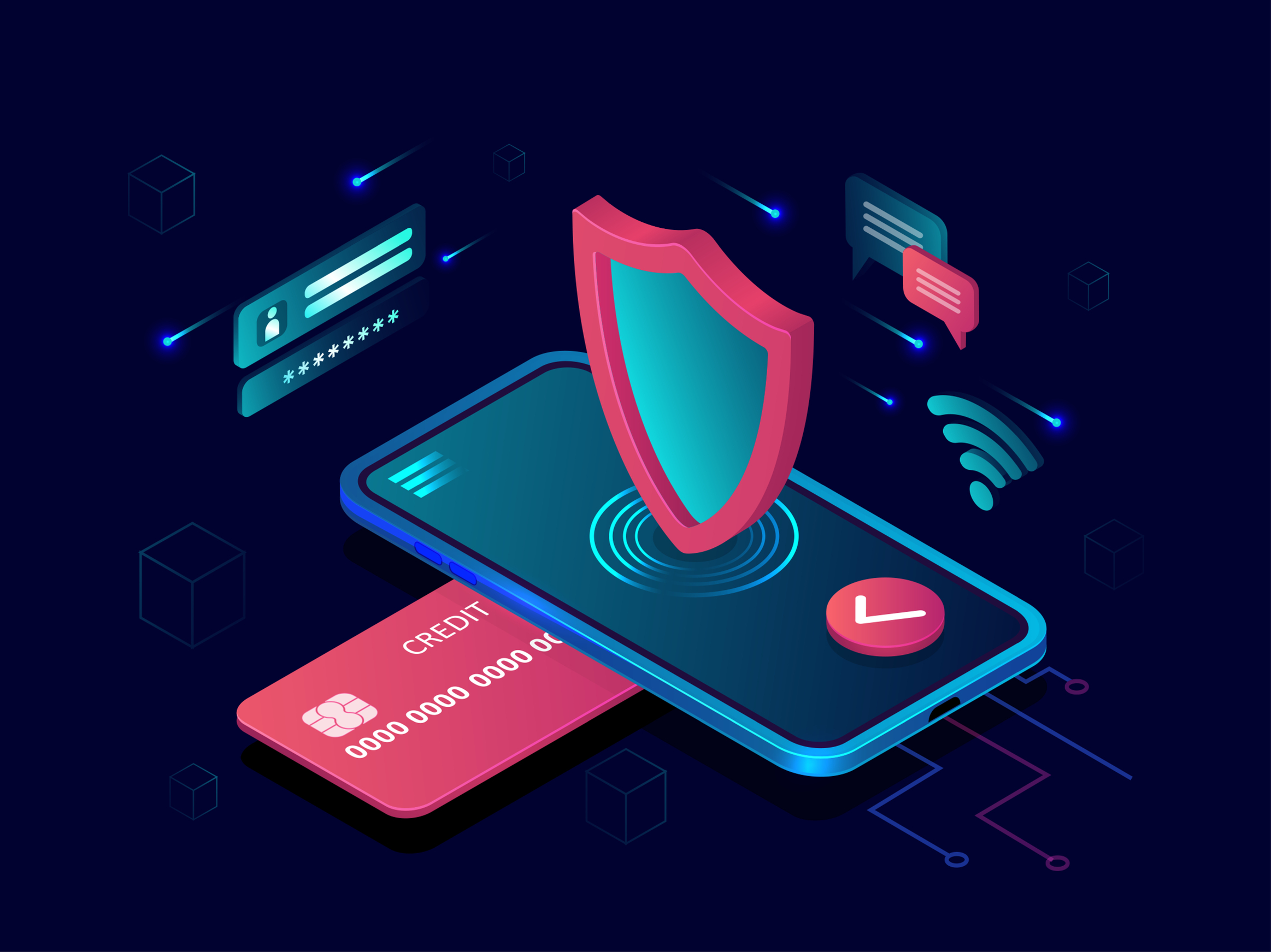
At Redwood, we know a thing or two about business fraud prevention training. In recent years, we have been engaged in designing and producing several fraud-prevention learning programs. These training programs have been delivered to some of the world’s leading financial institutions and Canadian government organizations.
For example, a recent program developed for one of Canada’s leading banks included both internal and external programs for bank employees and customers. The courses have generated great feedback, thanks to an engaging mix of interactive exercises and real-life scenarios. In a typical course, bank employees are placed in challenging simulations that pit their fraud-busting savvy against today’s most sophisticated criminal schemes.
In this blog, I will share current fraud trends and protective strategies to help safeguard your organization and employees from business scams.
Why Employee Training Beats Tech Alone
The Redwood approach is powerful because it ensures learners gain the knowledge required in a safe environment where the only thing on the line is the learner’s score, as opposed to being responsible for incurring significant losses or compromising confidential client data. Oh, and if you think fraud targets only large financial institutions, here is a sobering stat: According to the Government of Canada, Canadians lost over $638 million to fraud in 2024.
Focusing on employee education underscores an important fact: Fraudsters don’t hack systems. They hack humans. They study a business diligently, including its organization, decision-makers, vendors, and financial calendars. Then they strike with messages that look routine: a supplier changes its banking details; a text is received from a travelling executive that seems authentic.
Almost.
In an environment rife with fraud, the most cost-effective control you can deploy is a trained workforce. A workforce that knows what “normal” looks like—and what to do when something feels off. With Redwood’s focus on employee upskilling, anti-fraud education is a crucial component of the mix.
The Frauds Hitting Canadian Businesses Now
Business fraud prevention training continues to be in demand because the incidence of business-targeted fraud continues to grow. This is, to a large degree, due to the increasing use of technology in the systems that businesses utilize daily. As processes have become more automated, so too has the prevalence of schemes meant to exploit cyber weaknesses. Let’s examine some of the most common:
What is Business Email Compromise (BEC)?
Also known as spear-phishing, BEC is when fraudsters impersonate or take over a business email account. The objective is to trick staff into sending money or sensitive information. It can take the form of a fraudulent vendor changing banking details, an urgent wire from a senior executive, or a payroll change.
BEC Prevention Playbook:
- Dual approvals
- Short payment holds
- Employee training on “pause and verify” procedures
How do we reduce ransomware risk?
Canada’s National Cyber Threat Assessment flags ransomware as a persistent, evolving threat to Canadian organizations and infrastructure. In this fraud, criminals break into your systems, lock your files so they can’t be used, and demand payment to unlock them. They typically gain entry through phishing, stolen passwords, or unpatched software.
Ransomware Prevention Playbook:
- Offline/immutable backups of sensitive data
- Never confirm by the link, email, or phone number in the original message
- Use a different channel to verify whether the initial message was compromised
Why is AI deepfake Impersonation a rising threat?
Imagine if your CEO told you to pay an invoice on a Zoom call, only for you to later find out your executive’s voice and image were cloned. AI is boosting the realism and scale of this crime by giving criminals a whole new bag of fraudulent tricks to avoid detection. Good impersonations are challenging to detect, since image and voice can be realistically replicated using today’s technology.
AI Deepfake Prevention Playbook
- Never approve money or access based on a single call or video
- Verify by using a known number or code word
- Get dual approvals with written confirmation
What is account takeover (ATO)?
Here, fraudsters use various means to take over an employee’s account and operate as that person in cloud suites, banking portals, and Enterprise Resource Planning Systems (ERPs). Once inside, they can change payee details, set email-forwarding rules, move money or exfiltrate data.
ATO Prevention Playbook
- Use phishing-resistant multi-factor authentication (MFA)
- Apply strong password hygiene (and avoid reusing passwords!)
- Be on the lookout for unusual sign-ins
What are “ishing” scams?
- Phishing: email lures to steal logins, money, or data (fake invoices, password resets)
- Smishing: Phishing by SMS/WhatsApp (“Your package is on hold—verify here”)
- Vishing: Voice phishing over phone/VoIP; often paired with spoofed caller ID (“IT desk here, read me the MFA code”)
- Quishing (aka QR-phishing): QR codes that route to fake login/consent pages, often used to bypass link scanners
- Spear-phishing: Targeted phishing at a specific person/team using details from LinkedIn, press releases, etc.
- Whaling: Spear-phishing aimed at senior execs/VIPs (CFO wire approvals, M&A data
- Clone phishing: An attacker resends a legitimate prior email/thread but swaps the attachment/link with a malicious one
- Angler phishing: Impostor social-media accounts posing as customer support to grab credentials/2FA in DMs
Naturally, this brief blog piece barely scratches the surface of the many devious devices today’s fraudsters deploy. However, following just a few of the business fraud prevention training strategies I’ve shared will go a long way to stopping fraudsters in their tracks!
Next steps to business fraud prevention training that works:
Successful fraud prevention begins by assessing your team’s fraud prevention knowledge and identifying vulnerabilities. If you’re uncertain of where to begin, don’t hesitate to reach out. I’d be happy to set up a brief, free consultation and walk you through how Redwood can help protect your business.

